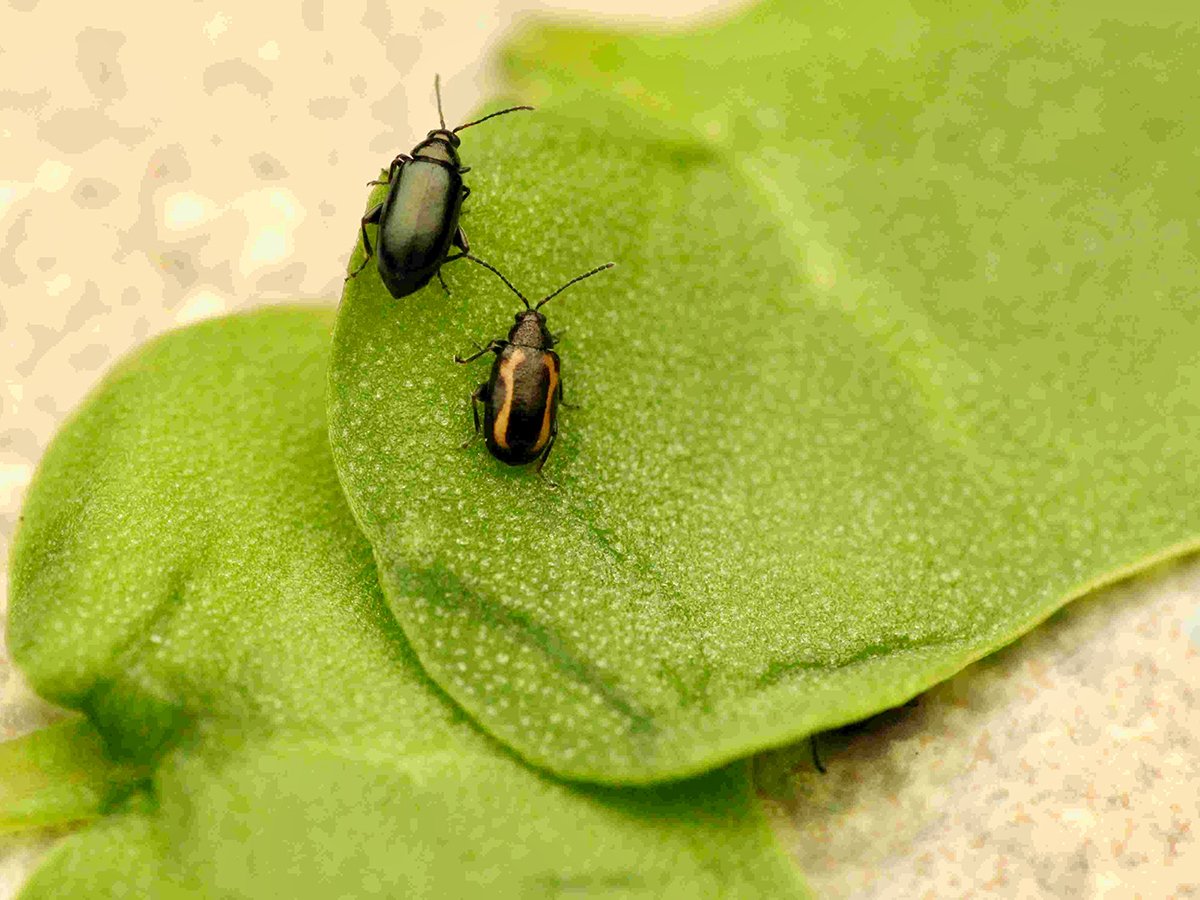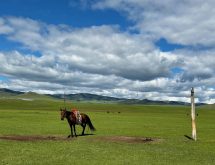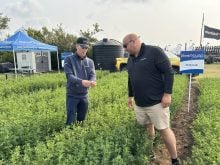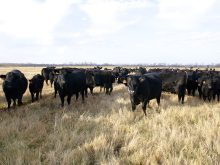“Violent whiplash,” is how Joshua Callen describes forage markets in the western United States.
Callen of the Hoyt Report of Idaho, spoke at the recent Canadian Forage and Grassland Association Convention in Harrison Hot Springs, B.C.
West coast pricing generally sets the hay price in North America. Its market experienced an extreme high in 2022 and huge declines in 2023.
Hay delivered to Hanford Dairy in Tulare, California, dictates the price for many regions in the U.S. That price for supreme alfalfa reached a high of US$450 to $500 per ton from 2020-22.
Read Also

Research looks to control flea beetles with RNAi
A Vancouver agri-tech company wants to give canola growers another weapon in the never-ending battle against flea beetles.
Corn and oil followed a similar price trend.
So did markets in Spain, one of the top alfalfa exporters in the world. When drought caused scarcity in their hay and olive oil markets, prices skyrocketed.
Fair-grade alfalfa in Washington state was at $295 per ton in 2021 and was down to $155 in 2023. Post-pandemic shipping disruptions, war in Ukraine, inflation, U.S. and European drought in 2022 and the strengthening of the U.S. dollar contributed to this “perfect storm”.
“(But) nothing cures high prices like high prices,” says Callen.
Big bales and small three-tie bales of first-cut export Timothy experienced significant price changes from 2022-23. Small bales for horse markets decreased from 23 to 40 percent in value, depending on quality. Big bales primarily sold into dairy markets experienced drops of 43-47 percent in value.
Concerns about drought in 2022 were alleviated in the spring of 2023 in the western U.S. West coast hay exports to all countries have continued on an upward trend since July 2003
But hay markets were also affected by U.S. currency inflation relative to the 20-year Japanese Yen.
The four largest hay exporters in the world are the U.S., Spain, Australia and Canada. All experienced record forage exports globally in 2022. But by 2023, availability was down, overall, by 20 to 30 percent.
Spain experienced a 50 percent reduction in production in the first two quarters, while Canadian production was down by two percent in 2022.
More hay was coming into Canada in 2022 but volume was down so prices were up.
All hay exports, mostly horse hay, from Canada to Florida, have experienced steady growth since 2020 at around 30,000 to 35,000 tons.
Bankruptcies could happen by the end of the year for western U.S. hay marketers who pre-bought a lot of inventory and lost significant exports to China as it dropped from over 15,000 tonnes in 2022 to 600 tonnes in 2023. To blame is higher-priced American hay, an unfavourable exchange rate and the decline of milk prices in China post-pandemic. As of October, the U.S. has experienced a 40 percent decline in hay sales to China, according to Callen.
A similar trend is evident with U.S. hay exports to Japan, South Korea and Taiwan.
Another challenge is that of Japanese companies purchasing export companies in the U.S., rather than going through dealers to purchase hay.
Canada’s biggest markets remain the U.S., Japan and South Korea, all of which, Callen explains, have experienced steady growth for the past three years. With the dollar advantage, there is more demand in Florida markets for horse hay.
“Exports are boom and bust,” says Callen. But retail markets are steadier, he said, referring to the regular racehorse and polo markets of Florida, Kentucky and New York.
Alfalfa markets, by comparison, are more affected by prices of other crops, as dairies can supplement rations with cheaper feed sources when needed.
Globally, hay markets need global milk prices to improve and the U.S. dollar to come down. They also need a more consistent supply. Currently, alfalfa acreage is down because of a lack of rain and labour market issues. Eventually, this could affect hay prices positively. Alfalfa is currently being sold at break-even prices.
While the water outlook has improved to help drought-stricken growing areas, Callen reports that recovery is expected to take a couple more years.

















